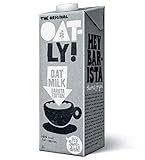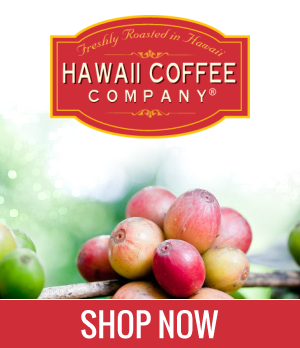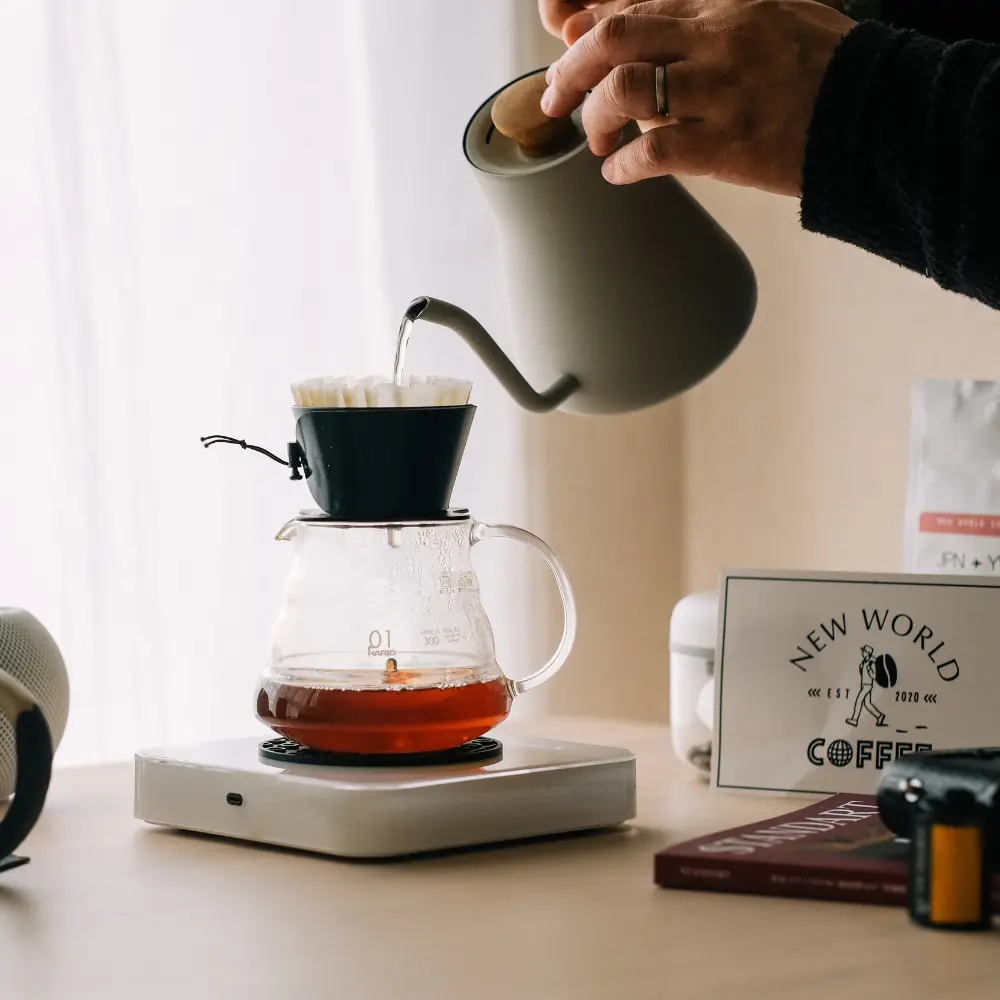Welcome to our comprehensive guide where we demystify a common question among coffee aficionados and plant-based diet followers alike: Does oat milk curdle in coffee? If you’ve ever experienced that disappointing moment when your creamy, dairy-free coffee is ruined by clumps of curdled milk, then this guide is for you.
We will explore the science behind this phenomenon and offer practical solutions to help you enjoy the perfect blend of your favorite coffee and this type of milk. Beyond just answering the question, we aim to arm you with the knowledge to make informed choices about the kind of milk you choose, how you brew your coffee, and the techniques you can apply to ensure a smooth, creamy cup every time. Let’s dive in and solve the curdling mystery together!
Oat Milk in Coffee: Key Takeaway
- Understanding Curdling: The curdling of this milk in coffee is primarily due to the heat and acidity of the coffee reacting with the proteins in this type of milk.
- Choosing the Right Oat Milk: Certain types of this milk, like barista editions, are specifically formulated to perform better in coffee and are less likely to curdle.
- Prevention Techniques: Techniques to prevent this type of milk from curdling in coffee include pouring the milk into the cup before the coffee, heating the milk slightly before adding it, and using coffees with lower acidity.
- Troubleshooting: If the milk still curdles in the coffee, try a different brand, adjust the ratio of the milk to coffee, or experiment with different brewing methods.
- The Future: The future of this type of milk in coffee looks promising, with ongoing innovations to improve this milk’s performance in coffee, increased focus on sustainability, and growing consumer demand.
The Science Behind Oat Milk and Coffee

Before we delve into the specifics of why oat milk curdling in coffee can occur, it’s essential to grasp the basic concepts that underpin this phenomenon.
Understanding What Curdling Means
Curdling, in the context of milk and its alternatives, refers to the process where proteins in the milk coagulate or clump together, leading to a lumpy or chunky texture. While curdling is essential in the creation of certain foods like cheese and tofu, it’s generally an undesirable effect when it comes to beverages, such as coffee. (1)
Why Does Oat Milk Curdle in Coffee?

Oat milk, like other plant-based milk alternatives, contains proteins, but its structure and behavior are different from proteins in cow’s milk. When the milk encounters the heat and acidity in your cup of coffee, the proteins can sometimes react by coagulating, creating those small, unsightly lumps you see.
The likelihood of this happening can depend on several factors, including:
- The temperature of the coffee: Very hot coffee can increase the chances of milk curdling.
- The acidity of the coffee: Some coffees have higher acidity levels, which can promote curdling.
- The specific formulation of the oat milk: Some brands or types of this milk are more prone to curdling than others.
The Role of Heat and Acidity in the Curdling Process
The heat and acidity present in your coffee play significant roles in the curdling process. Let’s break this down:
- Heat: Proteins are sensitive to temperature changes. When the milk is introduced to hot coffee, the sudden temperature change can cause the proteins in the milk to denature or lose their structure. This denaturing can lead to the proteins clumping together, resulting in curdled milk.
- Acidity: The pH level of coffee is naturally acidic, which can also cause the proteins to denature. Acidity can have a similar effect to heat, altering the structure of proteins and leading to curdling.
Understanding these concepts can help you tweak your coffee-making process and choice of this milk to avoid curdling and enjoy a smoother, creamier coffee experience.
Choosing the Right Oat Milk for Your Coffee

Just as you might carefully select the beans for your coffee, the type of milk you choose can significantly affect your coffee experience.
Types of Oat Milk: Which Works Best in Coffee
This milk comes in various types, including full-fat, low-fat, and barista or coffee shop versions. Here’s what you need to know:
- Full-Fat: This option often provides the creamiest texture and richest taste, mimicking the mouthfeel of full-cream dairy milk. However, it might have a slightly higher tendency to curdle due to the higher fat content.
- Low-Fat: This variant, while lower in calories, may lack the creaminess of full-fat. However, it might be less likely to curdle in your coffee due to lower fat content.
- Barista or Coffee Shop Version: These kinds of milk are specially formulated to work well in coffee, with added ingredients to enhance stability and prevent curdling. If you’re struggling with milk curdling in your coffee, this might be the best option for you.
Barista Edition Oat Milk: The Secret for Coffee Lovers
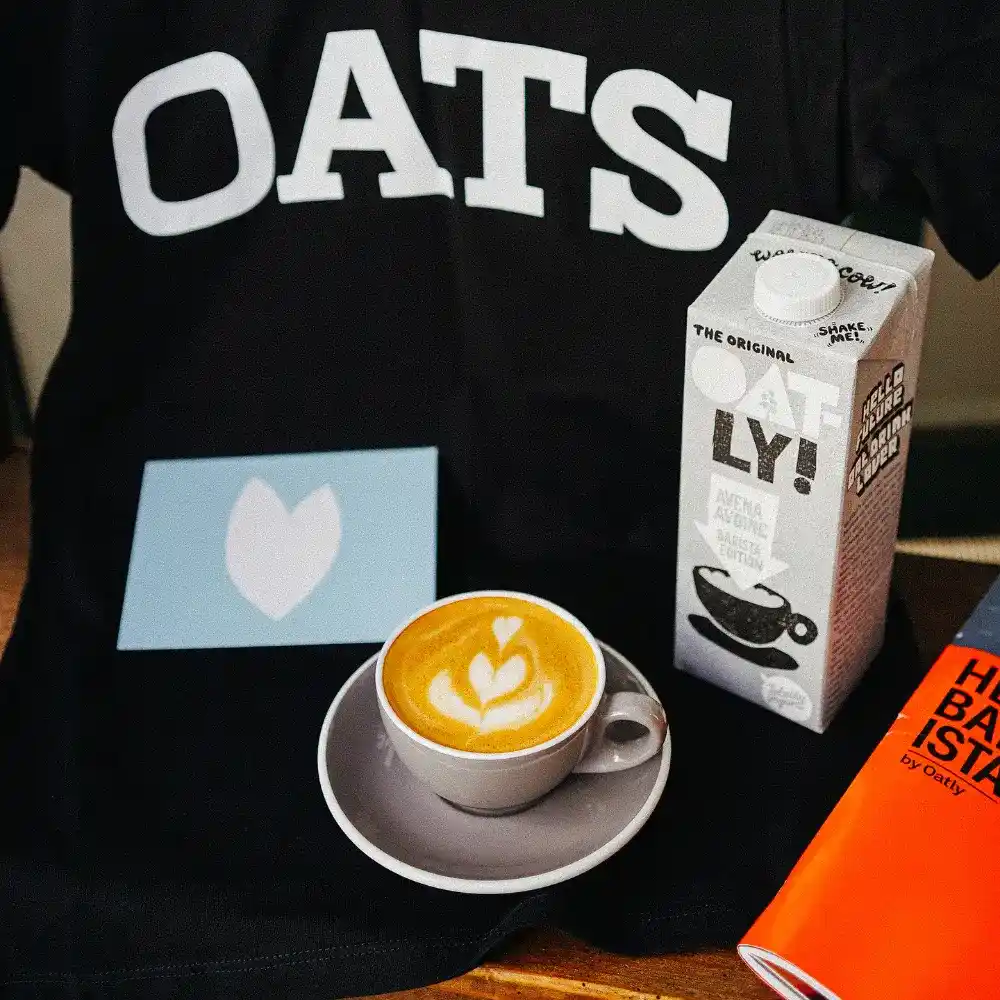
Many people have found success with Barista Edition milk, which is specifically designed for use in coffee. This type of milk often includes ingredients like oils or stabilizers to help it mix better with coffee without separating or curdling. Additionally, it’s often created with a creamier texture in mind, aiming to mimic the richness of traditional dairy milk in coffee.
How to Read Labels When Buying Oat Milk for Coffee

When shopping for this milk for your coffee, it’s important to read labels carefully. Here are some things to look out for:
- Ingredients: Look for kinds of milk that contain oil, such as rapeseed or sunflower oil. These fats help the milk emulsify, or blend smoothly, with the coffee. Also, ingredients like calcium and phosphates can work as stabilizers, preventing the milk from curdling.
- Sugar Content: Some kinds of milk contain added sugars, which can alter the taste of your coffee. If you prefer your coffee unsweetened, opt for unsweetened milk.
- Nutritional Information: If you have dietary restrictions or preferences, checking the nutritional information can help you make an informed choice. For example, if you’re watching your calorie intake, you might prefer a low-fat or reduced-calorie option.
By understanding the types of oat milk available and learning to read labels effectively, you can find the best milk for your coffee, enhancing your overall coffee experience.
Strategies to Avoid Curdling of Oat Milk
With a deeper understanding of why oat milk curdles in coffee, you can now explore techniques to prevent this from happening. Here are some tips and tricks you can incorporate into your coffee routine.
Perfecting the Pour: How to Add Oat Milk to Coffee

The method you use to add this type of milk to your coffee can make a significant difference. Here’s an effective technique to minimize the chances of curdling:
- Pre-Mix Your Milk: Before pouring the milk into your coffee, give it a good shake. This helps mix all the ingredients and fats that might have settled at the bottom, leading to a more stable product.
- Add the Milk First: Pour your desired amount of milk into your cup first, allowing it to acclimatize while your coffee is brewing.
- Pour Slowly: Gradually pour the milk into your coffee, stirring constantly. This slow integration helps the milk adjust to the coffee’s temperature and acidity gradually, reducing the risk of curdling.
Temperature Management: When and How to Heat Oat Milk
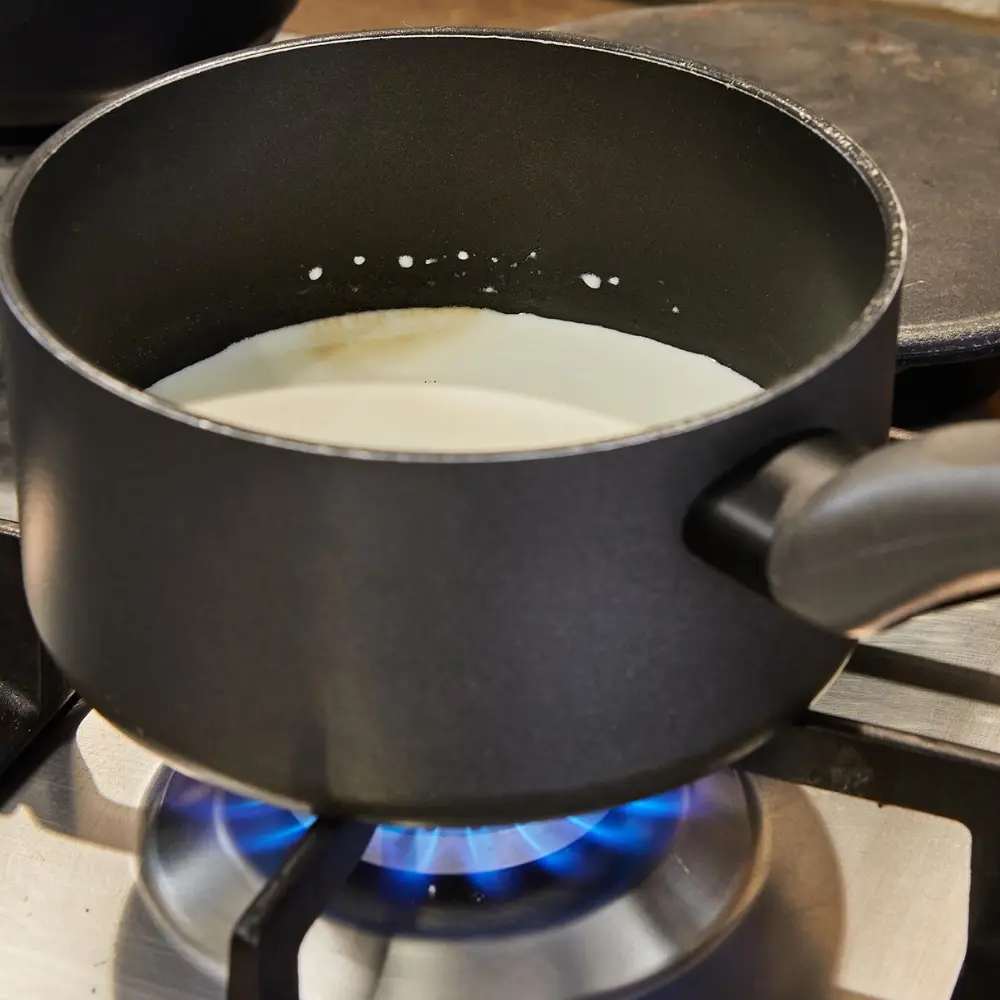
The temperature of both your coffee and milk plays a vital role in preventing curdling. Here’s how to manage it:
- Avoid Too Hot Coffee: Brew your coffee at a slightly lower temperature. As discussed earlier, extremely hot coffee can encourage the milk proteins to denature and clump together.
- Warm Your Milk: Slightly warming your milk before adding it to your coffee can help. This reduces the temperature difference between the coffee and the milk, making it less likely to curdle.
The Role of Coffee Type and Brewing Method in Preventing Curdling
Lastly, the kind of coffee and brewing method you use can affect the likelihood of this milk curdling in coffee.
- Choose Low Acidity Coffee: Coffees with lower acidity levels are less likely to cause the milk to curdle. You might consider exploring coffees labeled as ‘low acid’ or try brewing methods that reduce acidity, such as cold brewing.
- Experiment with Brewing Methods: Different brewing methods can result in variations in coffee acidity and temperature. For instance, cold brew and French press methods typically result in less acidic coffee compared to espresso or drip coffee.
With these techniques, you can maximize the chance of a smooth, curdle-free coffee experience even when using this type of milk.
Troubleshooting Common Oat Milk and Coffee Issues
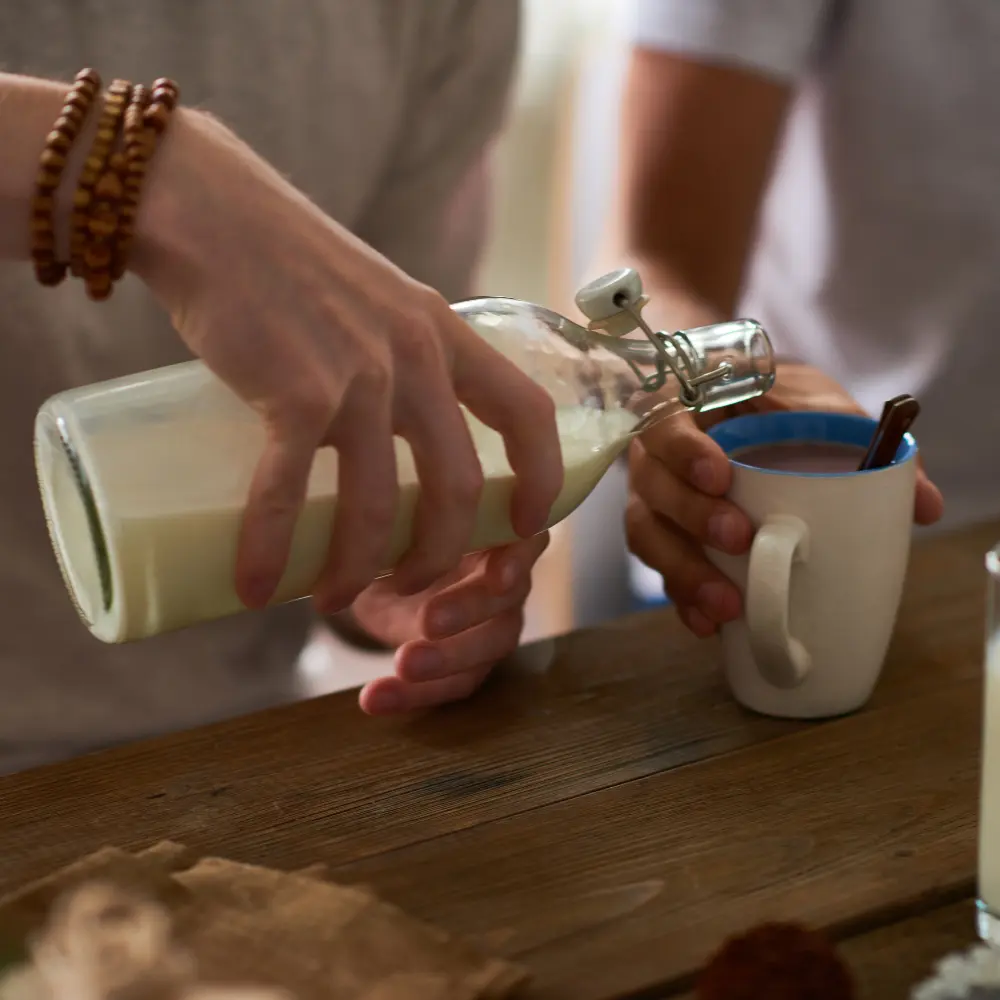
Despite our best efforts, sometimes things don’t go as planned. Here are some common problems you might encounter when mixing this milk with coffee and potential solutions.
Solving the Curdling Mystery
While we’ve covered a lot about this milk and coffee, there might still be some questions lingering. Let’s address some frequently asked questions:
- Why does oat milk curdle in certain coffees but not others? This could be due to the varying acidity levels in different types of coffee. Some beans inherently have a higher acidity, which can cause the milk to curdle more easily.
- Is curdling a sign of bad oat milk? Not necessarily. Curdling in coffee is typically a reaction to heat and acidity, not an indication that the milk is spoiled.
What to Do When Your Oat Milk Still Curdles?
If you’ve tried the techniques we’ve mentioned and your milk still curdles, don’t despair. Here are some extra steps you can take:
- Try a Different Brand: All kinds of milk are not created equal. Some brands may have different formulations that are more resistant to curdling in coffee.
- Experiment with Proportions: Adjusting the ratio of milk to coffee might make a difference. You might find that less milk or more coffee works better for you.
Is it Safe to Drink Curdled Oat Milk in Coffee?
Finally, let’s address a common concern. If your milk does curdle in your coffee, you might be wondering if it’s safe to drink. The answer is yes. The curdling of this milk in coffee is a reaction to the heat and acidity, not a sign of spoilage. The texture might not be appealing, but it’s not harmful to consume. However, as with any food or drink, if it smells or tastes off, it’s better to err on the side of caution and not consume it.
Navigating the world of this type of milk and coffee might seem challenging, but with a bit of knowledge and experimentation, you can master it and enjoy a delicious, plant-based coffee experience.
The Future of Oat Milk and Coffee: Expert Insights

As the popularity of this milk continues to rise, it’s interesting to consider what the future might hold for this dairy alternative in the world of coffee. Here, we look at current trends and gather insights from industry experts.
Innovations in Oat Milk for Better Coffee Compatibility
In the face of the curdling challenge, many manufacturers are hard at work developing formulations that perform better in coffee. Innovations such as enhanced stabilizers, improved protein structures, and even different oat varieties are being explored. The goal of these developments is to offer consumers milk that mixes seamlessly with coffee, enhancing the overall coffee-drinking experience. As technology and research progress, we can anticipate seeing more of these milk products on the market specifically tailored for coffee compatibility.
Sustainability and Ethical Considerations of Oat Milk in Coffee
The increasing demand for this type of milk in coffee is also leading to a broader conversation about sustainability and ethical considerations. This milk is often touted for its lower environmental impact compared to dairy milk and other plant-based alternatives. As consumers become more conscious about the environmental footprint of their food and drink choices, the sustainability credentials of this milk are likely to become increasingly important.
Simultaneously, issues such as ethical sourcing of oats, fair labor practices, and responsible packaging are gaining attention. Both consumers and manufacturers are expected to prioritize these factors in the future, contributing to a more sustainable and ethical industry.
Interviews with Coffee Shop Owners: Challenges and Successes with Oat Milk

Speaking with coffee shop owners provides valuable, ground-level insights into the challenges and successes of this type of milk. While some express frustration with the inconsistency of this type of milk in coffee, others share success stories where certain brands or techniques have resulted in excellent oat milk-based beverages.
Most coffee shop owners agree that customer demand for this type of milk is growing and that the benefits – such as customer satisfaction and differentiation from competitors – usually outweigh the challenges. Many are optimistic about the future, expecting that as this milk continues to evolve and improve, it will become an even more integral part of the coffee shop experience.
To sum up, the future of this type of milk in coffee is looking bright. Through ongoing innovation, increasing focus on sustainability, and real-world experiences from coffee shop owners, the journey of this type of milk in the world of coffee is just beginning.
Conclusion
Navigating the nuances of why and how oat milk curdles in coffee may seem complicated, but understanding the science behind it simplifies the process. With the right type of this milk, mindful techniques, and a bit of patience, you can enjoy your morning coffee ritual without the worry of unwanted curdles. As research advances, finding a perfect solution for preventing this milk curdling in coffee is on the horizon. Whether you’re a barista, coffee enthusiast, or a sustainable living advocate, this knowledge equips you to make the most out of your milk and coffee experience.
FAQ
Can different brands of oat milk affect the curdling process?
Yes, different brands can have different ingredients and formulations that can influence how they react in coffee.
What techniques can be used to prevent this milk from curdling in coffee?
Techniques include using barista edition milk, heating the milk slightly before adding it, and pouring the milk into the cup before the coffee.
Is it safe to drink coffee with curdled oat milk?
Yes, curdling in coffee is due to a reaction to heat and acidity, not spoilage, so it's safe but may not have the desired texture.
What innovations are being made to improve this milk's performance in coffee?
Innovations include developing new formulations with improved stabilizers and proteins, and exploring different oat varieties.


